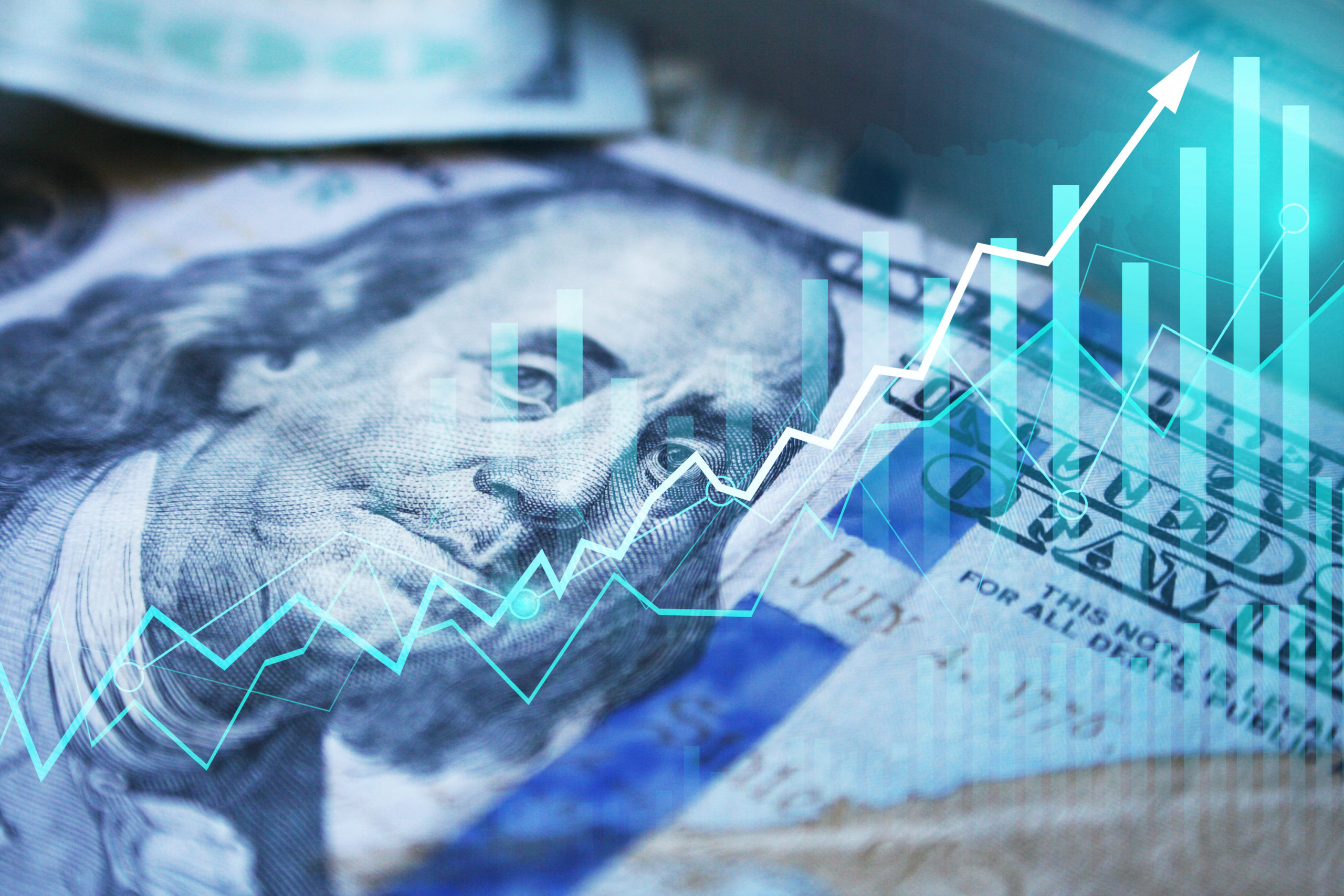WASHINGTON, Oct 27 (Reuters) – Is the U.S. economy stuck with such high inflation that it will take a recession to fix it. Or are prices about to crater and leave the Federal Reserve with a load of financial stress, slowed growth, and higher-than-needed interest rates to answer for?
From the lingering impact of the COVID-19 pandemic to the prospect of a tactical nuclear weapon being used in Europe or a new energy shock, a prolonged surge of rising prices is not hard to imagine.
Data scheduled to be released on Friday will likely show the Fed’s preferred measure of inflation continued to run at roughly three times the U.S. central bank’s annual target of 2% last month. Economists polled by Reuters expect the Personal Consumption Expenditures Index, when stripped of volatile food and energy costs, to have climbed 5.2% on a year-over-year basis in September. The all-inclusive figure that forms the basis for the Fed’s target is likely to come in around 6%.
But even the most hawkish Fed officials feel that absent some outside event to reignite a surge in price pressures, inflation will fall in coming months as the impact of rate increases trims demand, competition in the marketplace intensifies, and supply chain pressures ease. Even the passage of time, putting distance between the current data and last year’s rapid price run-up for things like used cars, will help the headline numbers.
On a headline basis, the Fed’s fast pace of rate increases has done little yet to bend inflation from its highest level since the early 1980s.
The central bank has lifted its target federal funds rate by 3 percentage points from the near-zero level in March, including three straight three-quarters-of-a-percentage-point hikes. It is widely expected to deliver another increase of that size at the end of its Nov. 1-2 policy meeting.
But Fed officials’ bias may be shifting from further “front-loading” of rate hikes aimed at catching up with rising inflation to a slower pace of increases and an eventual pause to let the economy catch its breath.
While the operating slogan among policymakers is to “hope for the best but plan for the worst,” Fed officials and outside economists have begun pointing to a number of economic forces that may play into the central bank’s hands.
SUPPLY, DEMAND, COMPETITION
There has been sharp rhetoric about high corporate profits driving inflation – and indeed businesses like auto dealers enjoyed large markups during the pandemic, when demand surged and supply was limited.
But not all jumps in margins are the same. Some grocery store executives, for example, have noted that a shift to store brands has allowed consumers to save money while also helping companies’ bottom lines.
This is an area the Fed is watching, and where it expects to get some help.
Fed Vice Chair Lael Brainard has been the most prominent official to note the high margins seen during the pandemic in some parts of the economy, and the likelihood of a decline; St. Louis Fed President James Bullard has argued that as demand wanes, businesses will cut prices to keep market share.
In Fed Governor Lisa Cook’s debut policy speech, she noted how evidence that inflation is slowing can take time to be reflected in the government’s main inflation reports.
The cost of shelter, a major component in overall inflation measures, is a prime culprit. Data on rent, for example, is collected for the Consumer Price Index (CPI) through a rolling survey. As data on new leases is compiled, it becomes part of an average, so it takes time for the impact of slowing or even falling rents to be felt against the larger, prior increases.
Fed and other researchers have been looking for ways to capture what is happening in real time, and found that data on rental listings, such as the Zillow Observed Rent Index, are a leading indicator of future trends for CPI’s shelter component.
Based on those and other metrics, shelter inflation already may be declining even if government data doesn’t show it yet.
DOLLAR, JOBS, WAGES
The U.S. dollar’s roughly 18% year-on-year surge across a broad basket of currencies means imported goods cost less for Americans.
Combined with easing oil and other commodity prices, along with the detangling of supply chains and a drop in shipping costs, import prices may become a powerful drag on U.S. inflation.
In a recent analysis that predicted a coming “inflation downshift,” economists at JP Morgan said import prices “not only are poised to slow significantly but could be contracting at a -2.5% pace by the end of this year.”
Other elements the investment bank said could help on the inflation front include the large recent jumps in things like airline prices that are not expected to be repeated – and will eventually pass out of the headline number.
Among the data points mentioned by Fed Chair Jerome Powell, the number of job vacancies in relation to the number of people looking for work is one he feels is indicative of the inflation battle.
With job markets out of whack, companies have bid up wages to compete for workers. While that may not be the source of inflation, Fed officials feel that more balance between labor demand and supply will help ease price increases. Service providers are more labor-dependent, and those businesses are where prices recently have been rising the fastest.
Six months ago, there were about two open jobs per available worker, data from the U.S. Bureau of Labor Statistics showed, a number so out of line with prior years that Fed officials regarded it as evidence of misalignment. It was down to a 1.67-to-1 ratio as of September, but remained well above the 1.2-to-1 figure prior to the pandemic when the U.S. unemployment rate was comparable to the current 3.5%.
Still, Goldman Sachs economist Joseph Briggs said in a recent analysis that the seeds of a “soft landing,” in which the Fed tames inflation without triggering a recession, may be taking root: For some key industries, labor imbalances are improving mostly because of a decline in vacancies, rather than through lost jobs, and those are also the businesses where wages are rising more slowly.
“This pattern supports our view that wage growth and price inflation will moderate without a recession,” Briggs wrote.




